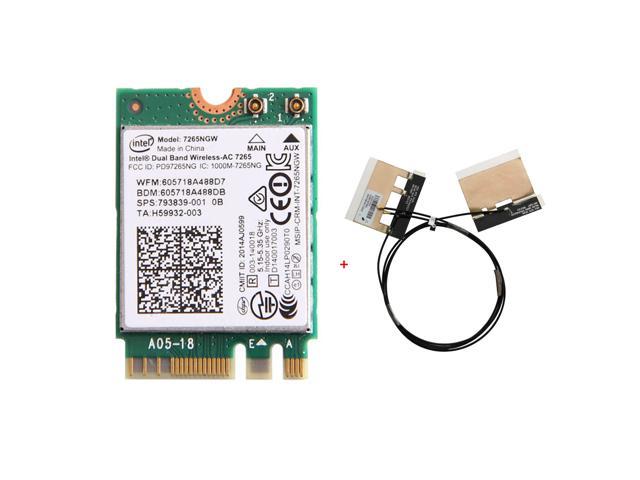

When their devices were connected to my router, they got their full 300 Mbps Internet connection over WiFi, sometimes from a room or two away. Anyhow, just to demo the difference a different router can make, I brought my own newer ASUS RT-AC88U over to their places and hooked it up. My old ASUS RT-N66U, which as the name indicates doesn't even support 802.11ac, could deliver my full 200 Mbps Internet connection over WiFi in those circumstances, and possibly more if I'd had a LAN source to test with. Despite technically supporting 802.11ac, it couldn't deliver more than about 50 Mbps over WiFi even to a client device in the same room. I have multiple neighbors who were using a cable modem/WiFi router combo device provided by their ISP. And then of course there's a huge range of WiFi performance even across routers that allegedly support the same feature set. Search Wireless network adapter of your product and you right-click uninstall.

Find where it says Network Adapters, despliga the information is listed there. Press the Windows key and the 'X' key, then press the M key 2. Routers that can support MU-MIMO can deliver better performance even to clients that don't support it because MU-MIMO support on the router side allows it to serve individual regular MIMO clients better when multiple clients are connected to it. After a Windows reset and without much change, I deduced that the problem came from the wifi card (all the other devices were connected in wifi without problem). To do this you can take the following steps if you have Windows 8 or 8.1. The good news is that this doesn't necessarily mean that upgrading to a newer router will be pointless.

Everything after that came in M.2/NGFF form factor. The best Intel WiFi card available for mPCIe is the 7260 that you already have. The Inspiron 7737 uses a half mini-card slot, aka mPCIe, not the newer M.2/NGFF slot.


 0 kommentar(er)
0 kommentar(er)
